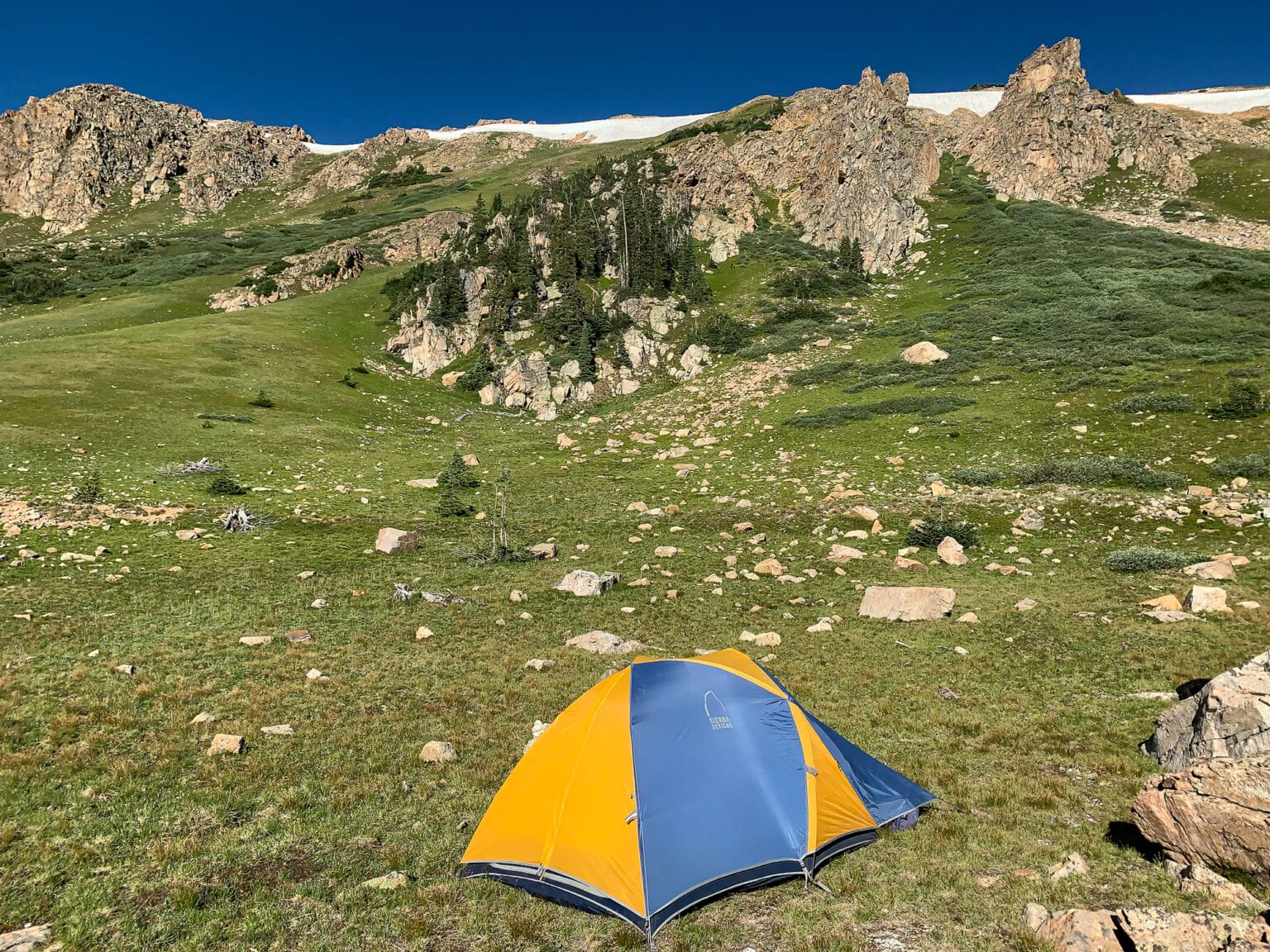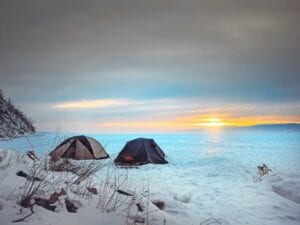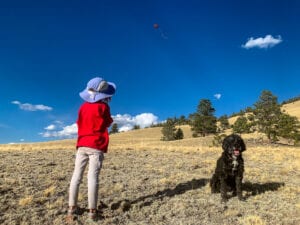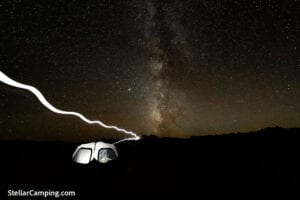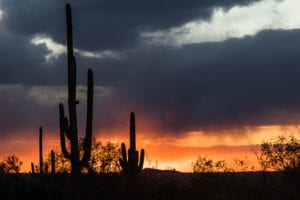Campsite selection tips
To find a general location to camp, see our advice for finding campgrounds and dispersed camping sites. Here, we’ll cover picking a specific site once you’ve arrived at the right general area. Campsite selection is one of the most important decisions you’ll make!
As a preliminary note, be sure to leave yourself plenty of time to identify a dispersed camping spot! It can take a few hours to locate a nice campsite if you’re scouting out spots by car within a couple hours of a major metro area.
If you’re backpacking in, plan your route so that you have ample time to set up camp and take care of your food and water needs before nightfall.
When scouting out sites, there are two major types of considerations: 1) comfort and safety and 2) minimizing impacts.
To pick a site that will be both comfortable and safe, look for a spot with the following characteristics:
● Flat and level—even a slight incline can be surprisingly uncomfortable at night!
● Smooth, without protruding rocks, roots, and the like
● Not where water will collect if it rains
● Not in a gorge or steep canyon susceptible to flash floods
● Shaded from the early morning sun (unless it’s cold or you’re hoping to get an early start on the day)
● Not in a lightning-prone area like an unprotected ridge or under a lone tree
● Not under a dead or dying tree or branch
● Under a tree, if possible—it’ll be warmer and have less dew
● Out of high winds
● Away from game trails and hiking trails
● Within about 150 feet of a road
● Away from valley bottoms, where cold air sinks and which are prone to condensation
● Away from rockfall areas
● In snowy conditions, away from signs of past avalanche activity
● Well above high-tide levels, if you’re camping at a beach
● Near a water source, if you’ve haven’t brought all the water you need
● If it’s buggy, someplace breezy and away from standing water
To minimize impacts on the environment and on others, follow this guidance:
● Unless otherwise directed, set up camp 200 feet or more from streams
● Select a site that has already been used
● Don’t drive or place your tent on vegetation or cryptobiotic soil
● Don’t pitch your tent close to other campers you don’t know or where you’ll impair other campers’ views
For bonus points, try to score a site with downed logs and boulders, which serve as built-in furniture. And if you have kids, these features—or a nearby water body—can provide hours of fun.
For more details, check out Andrew Skurka’s comprehensive look at what makes for good and bad campsites in the backcountry

